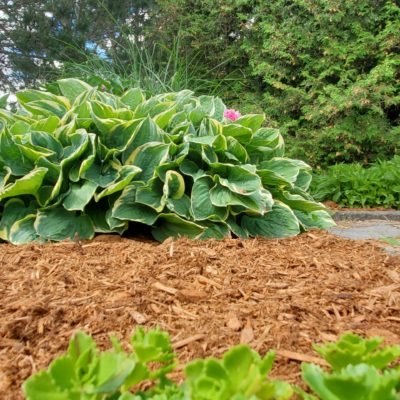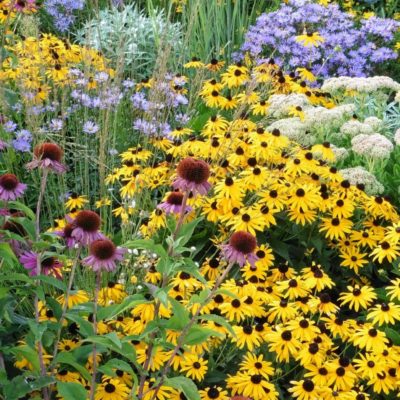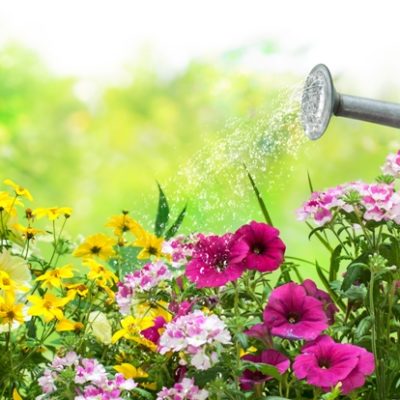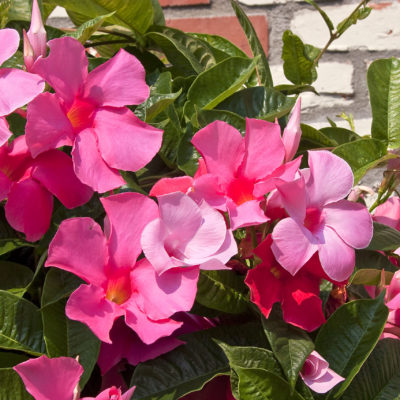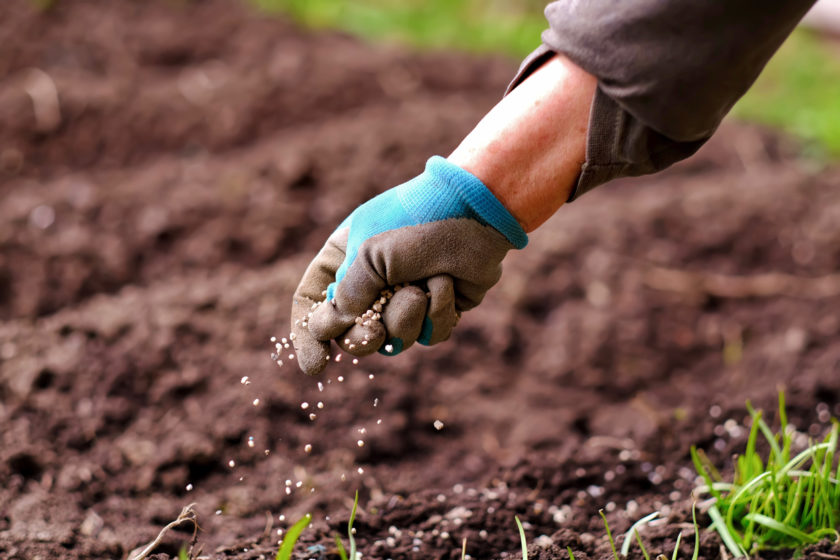
- Belgian Nursery
- 0
- 971
- Annual, Cacti & Succulents, Garden, Houseplant, Perennial, Plant, Veggies & Herbs
Which Fertilizer Is Best? Well, it depends…
It’s amazing how plants can take such simple ingredients – sunlight, water, soil, air – and turn them into a four-course meal. But sometimes they need a little boost to keep up that vitality, and that’s where fertilizers and other soil additives come in. They’re like multivitamins for your plants, and just like the vitamin shelves at the pharmacy there are LOTS of options out there! Hopefully, the following can help you sort out which fertilizer/additive/combination is right for your plants.
The topic of fertilizing is a large, open-ended category since it literally means anything added to the soil, but we’ll keep the manures and peat moss to another blog. For now, we’ll focus on the three big letters: N, P, and K.
N is for Nitrogen – Shoots! As in green shoots, since nitrogen is essential for leaf production and keeping the photosynthesis process working smoothly.
P is for Phosphorus – Roots! Important for structural development of root systems, as well as stems/branches, flower buds, and fruits if applicable.
K is for Potassium/Potash – Fruits! And flowers, energy consumption, disease resistance, etc, but all that doesn’t fit in the rhyme. (High school science flashback: the chemical symbol for potassium is K).
But before we get too far into these 3 main players, let’s dive into some other fertilizer debates:
Water Soluble vs. Slow Release
These are the typical options you’ll find on the shelves, and the choice initially depends on where your plants are located (indoors or outdoors) and your own comfort level with either option.
Water soluble is available in liquid or powdered form, and is mixed with water and applied for quick absorption by the roots – perfect for indoor Tropical houseplants and Annual Baskets and Planters.
Slow release fertilizers are granular and will be absorbed slowly, typically over a period of weeks, emitting a small amount of nutrients every time you water or it rains. It can be sprinkled on individual plants, cast over a large area, or inserted into the soil by means of individual fertilizer spikes.
For outdoor gardens and containers, either one is perfectly fine. Water soluble is easy to apply and great for getting your plants fed quickly, while slow release allows for more long term feeding.
As mentioned, we recommend using water soluble fertilizers every 4th watering for indoor Tropical houseplants. They feed your plants quickly, which is easier for their smaller root systems, and any residue or buildup will get washed away thanks to the next 3 clear waterings.
What About Those 3 Numbers?
So along with water soluble and slow release options, there’s also all the combinations of those NPK numbers to consider. Here’s a breakdown of some of the most popular types:
All-Purpose – Perfectly named, since it can be applied to many different plants and helps to boost overall wellbeing by hitting all the numbers in a balanced fashion. Note: The formula used to be 20-20-20, but the industry has since discovered that equal levels of NPK don’t necessarily mean a balanced formula for plant health; for example, Miracle-Gro All-Purpose Fertilizer is 24-8-16.
Flowering – A higher middle number (phosphorus) means more energy going to those beautiful blooms. It’s a great option for flowering annuals, perennials, and Tropical houseplants including citrus.
Cactus – Use this for all your Cacti, Succulents, Jades, and Aloe Vera. It’s similar to an all-purpose fertilizer but at half the strength, which is perfect for these slow growers.
Orchid, African Violet – These are specifically designed for these Tropical houseplants.
Acid-Loving – Perfect for plants that need a slightly lower pH level, like delicious blueberries.
Tomato, Fruit & Vegetable – Add to your edible fruit and vegetable crops for improved harvests.
Other Additives
You may have noticed that there are other products on our shelves along with our fertilizers, so here’s a basic run-down of our other soil additives and their benefits. Be sure to carefully read and follow instructions found on the individual product packaging:
Root Booster – Outdoor use; available in liquid or powder; apply to plant cuttings to help stimulate root growth.
Muskie Fish Emulsion – Outdoor & indoor use; offers a quick nitrogen boost to plants; may have a slight fishy smell.
Blood Meal – Outdoor use; good for adding nitrogen to soil as well as breaking down other nutrients so the plants’ roots can absorb them quicker; use over your bulbs as an effective squirrel and rabbit deterrent. Caution: can burn your plants if applied incorrectly.
Bone Meal – Outdoor use; adds phosphorus into the soil to help with bud and flower production; great for bulbs and transplanting – add some at the bottom of the hole then place your bulb/plant on top.
Bone & Blood Meal – Outdoor use; double the benefits as it adds both nitrogen and phosphorus to the soil; not as effective at repelling critters as Blood Meal. Use with caution.
Dolomitic Lime – Primarily outdoor, can be used for indoor plants; raises the soil’s pH level to make it more alkaline; add to your soil if it’s too acidic. Caution: can burn if used improperly.
Muriate of Potash – Outdoor & indoor use; good when formulating your own potting soil or garden soil mix as it won’t filter through the soil’s upper layers to the roots; increases level of potassium/potash to help with overall plant health and harvests. Caution: can cause salt to accumulate around the roots, leading to root burn and damage.
Aluminum Sulfate – Outdoor use; lowers the soil’s pH level to make it more acidic; excellent for growing Blueberries, can also turn white hydrangeas blue. Caution: too much and/or heavy use can be damaging or even lethal to your plants.
Super Phosphate – Outdoor use; adds phosphorus to soil mixtures to aid with root structure; does not filter through soil like other fertilizers, so it should be applied at planting time. Use with caution.
Hen Manure – Outdoor use; dehydrated pellets of chicken manure slowly release nitrogen each time it rains/you water; sprinkle as directed over gardens and containers. Also a great deterrent for squirrels with no discernible odour!

